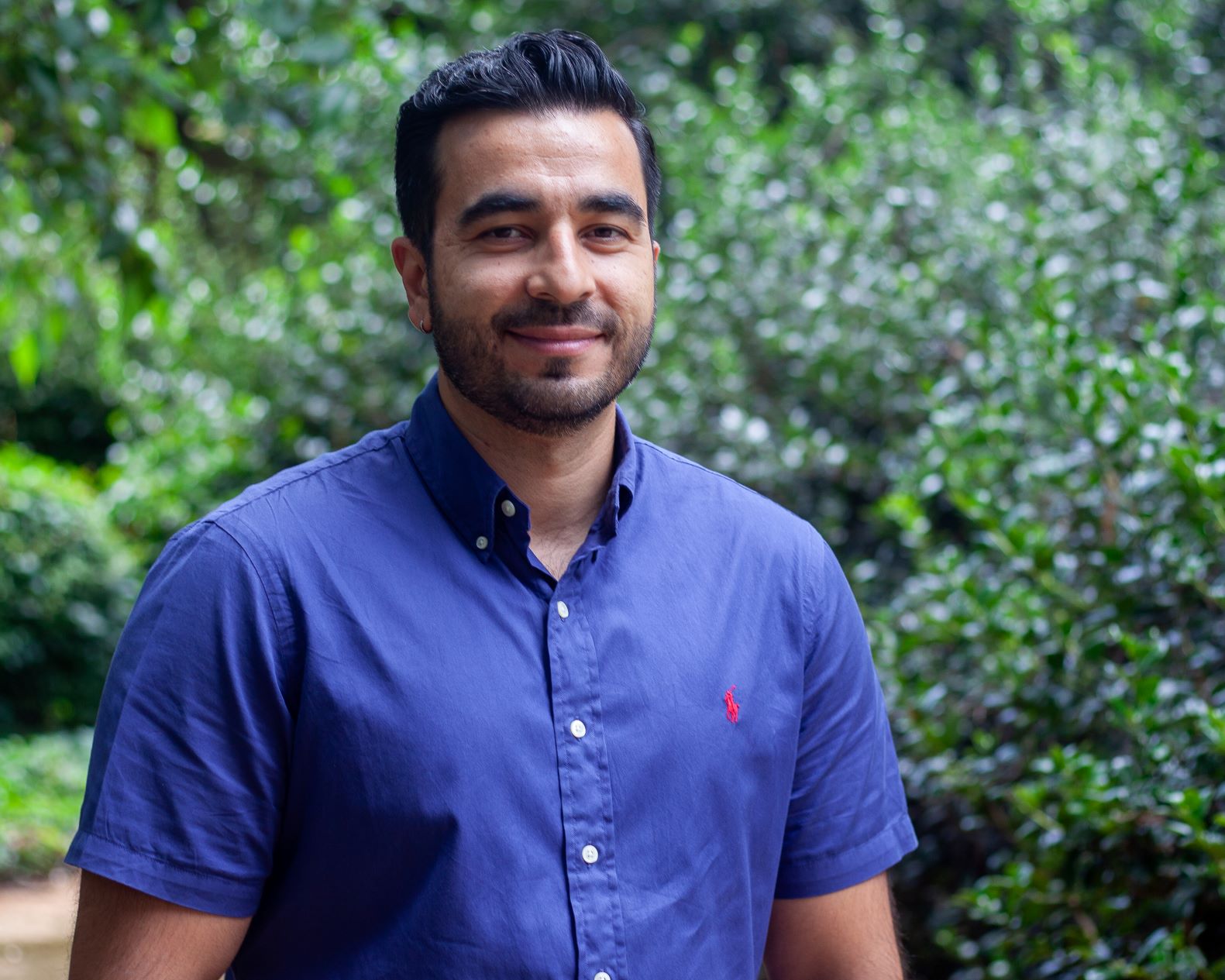What’s under the surface? Dr Sia Ghelichkhan and the untapped potential of groundwater

Geophysicist Dr Siavash (Sia) Ghelichkhan is building a game-changing groundwater model. His research could significantly improve our understanding of groundwater systems in Australia – crucial knowledge in the face of increasing climate extremes.
A research fellow at the ANU Institute for Water Futures and the Research School of Earth Sciences, his work aims to improve the accuracy and reliability of groundwater models.
“You can run a model and there is no guarantee that the feedback is actually representing the subsurface system that you're trying to model,” Sia said.
"In response to this problem we are using new techniques that meticulously examine the discrepancies between the predictions of our models and the actual data we gather. This aims to derive physical parameters that not only conform to the fundamental principles of subsurface water flow but also accurately mirror the data.”
“Once we achieve a harmonious alignment between our model's predictions, the underlying physics, and the empirical data, we can confidently vouch for their dependability.”
Born and raised in Iran, Sia began his academic career in theoretical and mathematical physics at the University of Tehran. During his studies, he became drawn to the real-world applications of geophysics.
He pursued PhD and post-doctorial appointments at the Ludwig-Maximilian-University in Munich, focusing on data assimilation methods for studying the Earth's mantle, before making the move to the Australian National University.
It was here that he began his exploration into groundwater. Australia has the largest interconnected aquifer system in the world, the Great Artesian Basin, and according to Sia, groundwater presents both a challenge and an opportunity for the nation.
“If we can turn to solutions like managed aquifer recharge, it will help us use groundwater as a reliable and more sustainable water source, especially with extremes brought on by climate change.”
“Rain and flooding can be caught in catchment areas to recharge the subsurface for use later when it’s needed.”
The trouble is, according to Sia, groundwater is notoriously difficult to measure and forecast.
“Groundwater is actually one of the most reliable sources of water. But it's also the hardest source of water to understand and to measure and observe.”
“Most simulation programs look at surface water. We currently don’t have the same level of sophistication when it comes to groundwater. My plan currently is to look into how we can provide the Bureau of Meteorology with those modelling capabilities.”
Reflecting on the future of modelling, Sia anticipates capabilities improving so that modellers can look at different earth systems holistically rather than independently.
“I think and hope that in 20 years’ time we don’t look at systems in isolation anymore.”
Rather than one person looking at the ocean, another looking at atmospheric models and another looking at groundwater, instead, we have these groups working on a single universal model that can communicate and account for the connections between these systems.”
"In 20 years hopefully, we will be able to increasingly couple these models together and see their feedback. People who are working on atmospheric systems will be able to couple this with the groundwater model that I’m establishing so that we can have more and more realistic feedback through the systems.”
On the future of research, Sia says, “generally, it’s getting harder to know where we are going.”
“AI will certainly simplify many tasks for us, but there are limitations. It’s very good at being handed a problem that has been solved many times and replacing the human activity. I don’t think it’s very good at doing something that has not been done before.”
“For example, today we can have PhD students just focusing on running different scenarios for models, in 20 years’ time this will likely be replaced by AI. However, we will still need researchers to think critically and look at the nuances.”
“We probably will always need researchers for creative problem solving. At some point AI may have the sophistication to replicate the process of invention too, but we aren’t there yet. It will be interesting to see how things unfold”
